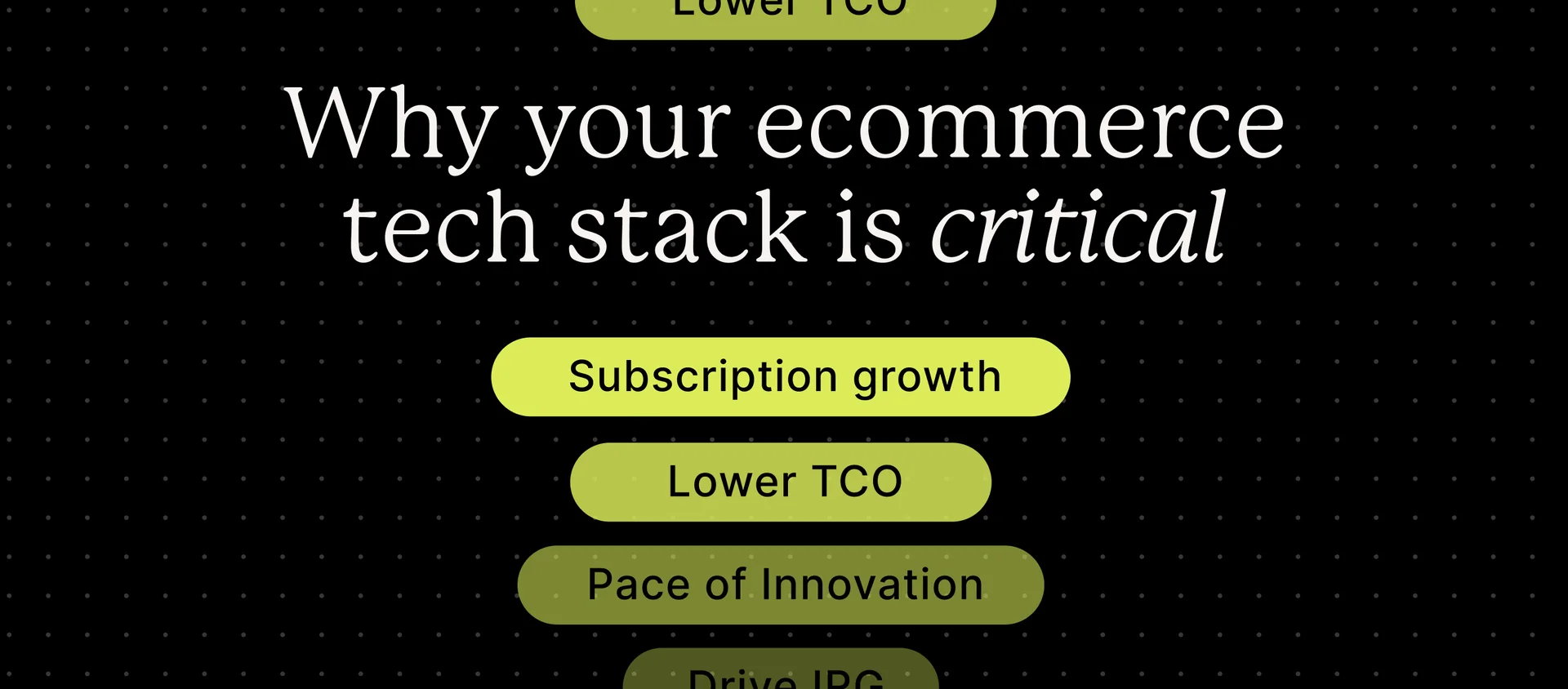Looking back just 10 years ago, the concept of subscription boxes or curated boxes was in its infancy. Brands originating the trend like Birchbox in 2010 scratched the surface of what would soon become a booming industry with products fitting every niche. From curated yarn, a personal favorite of mine, to entire wardrobes — subscription boxes have become the norm.
While other subscription services exist, (like streaming services, memberships, replenishment of regular products) today’s post is about curated subscription boxes.
The benefits of a curated subscription box
What is a curated subscription box, anyway? To put it simply, a brand sends their own selection of curated goods to the customer on a regular basis. The customer often first lays eyes on these products during their monthly unboxing, resulting in both a delight of discovery and often an opportunity to teach your consumer more about these items.
Subscription box companies often yield a higher average order value (AOV) than their counterparts, due in large part to consumers being delighted by something they didn’t even know they needed. Additionally, brands maintain a higher AOV because they can pair multiple lower priced products together, making the overall AOV higher.
Consumer tastes have changed, especially with the meteoric rise of ecommerce. It’s not enough anymore to just give consumers what they want. Providing them with opportunities to discover something new opens the door to new products they would have previously never encountered.
Back in November, we caught up with Danny Taing, Founder and CEO of Bokksu, a subscription box company specializing in authentic Japanese snacks. Even amidst a global pandemic, with potentially life-altering shipping challenges (Danny is based in America while his products are all locally sourced in Japan), Bokksu pivoted and was able to double their subscriber base in 2020.
During our chat, Danny talked about the successes and risks of having a subscription box company. Listen to the full podcast here.
The Goldilocks of inventory strategies
Many of you will remember the story of Goldilocks. Finding a bed that is too small, too big, and finally “just right.” Inventory management for subscription box companies is a lot like this- having just the right amount of product in stock.
Inventory management is key to running any physical product based business. The delicate balancing act of having enough product readily available for customers while not winding up with excess. As Danny and his team walked that fine line, Bokksu decided to make an innovative pivot. The result, less risk of excess and an entirely new revenue stream. Enter the Bokksu Market, an online store the team keeps stocked with customer favorites. Not only have they brought new products to their customers, they have established a community of loyal fans who return to purchase their favorites.
When planning for inventory, Danny talked about the benefit of a subscription box business model is that you don’t often end up with too much excess inventory because you can forecast a little more consistently.
The bigger issue, he stressed, would be coming up short and providing a bad “out of stock” experience for excited shoppers. To mitigate this risk, Danny and his team decided to air more on the side of caution in having occasional excess and, more profoundly, creating the Bokksu Market.
The risky side of subscription boxes
In a study by Microsoft, the average human had an attention span of 12 seconds in 2000. By 2015, that span had dropped to 8 seconds. Countless other studies continue to show that attention is on the decline. This is in large part due to the vast amount of information presented to us on a daily basis and the expectation that something more “exciting” will come along any minute.
Subscription box companies can capitalize on that short attention span… for a short time. There’s a honeymoon phase where consumers often don’t know what the company has curated for this month’s box, and so the anticipation of discovery holds their interest.
Danny put it best, “Consumers get bored pretty quickly”. Subscription box merchants that can’t offer long-term variety in their products run the risk of losing customers because they get bored with repeat items.
Our analysis in the 2020 Physical Subscription Commerce Report indicated that subscription box business models have a higher average order value (AOV) than other subscription models, but they also have a higher churn rate.
Speaking from experience, as a consumer, I have indulged in many curated boxes. But after a few months, these items either end up being not what I was looking for or excess, outweighing the thrill of surprise. The curated subscription boxes I remain a customer of are those that pivoted to meet my changing needs.
Lovevery’s model is unique in that it not only provides families with a curated box, but it uses science-backed research to provide items appropriate to a child’s development. Parents are able to trust in their products, but also stick around longer because the products grow with the child, versus the child outgrowing them.
Bokksu gets around the boredom factor because their suppliers, authentic Japanese makers, are coming out with new products every season, each year so they can keep the boxes fresh. And if products repeat (which is rarely) it’s intentional because they know those snacks are member favorites.
The keys to success for subscription box merchants
As more and more shoppers enter the subscription commerce pool and online shopping surpasses brick & mortar, brands will need to continue to get creative and innovative with their offering.
Finding ways to engage customers throughout the month (without overwhelming them) and connecting them to a greater purpose will help them stay sticky with your company. For example, Bokksu implemented their Makers Series where they highlight the real people behind the products, connecting their customers to more than just the snacks. It gives customers a “reason to believe”, knowing they are supporting individual maker communities who, in some cases, have generations-old recipes they are still using today.
In a time when travel has been restricted, Bokksu has been able to create a cultural bridge between maker and consumer, that would otherwise perhaps be unknown.
Listen to the full conversation with Danny on our Hit Subscribe Podcast.



